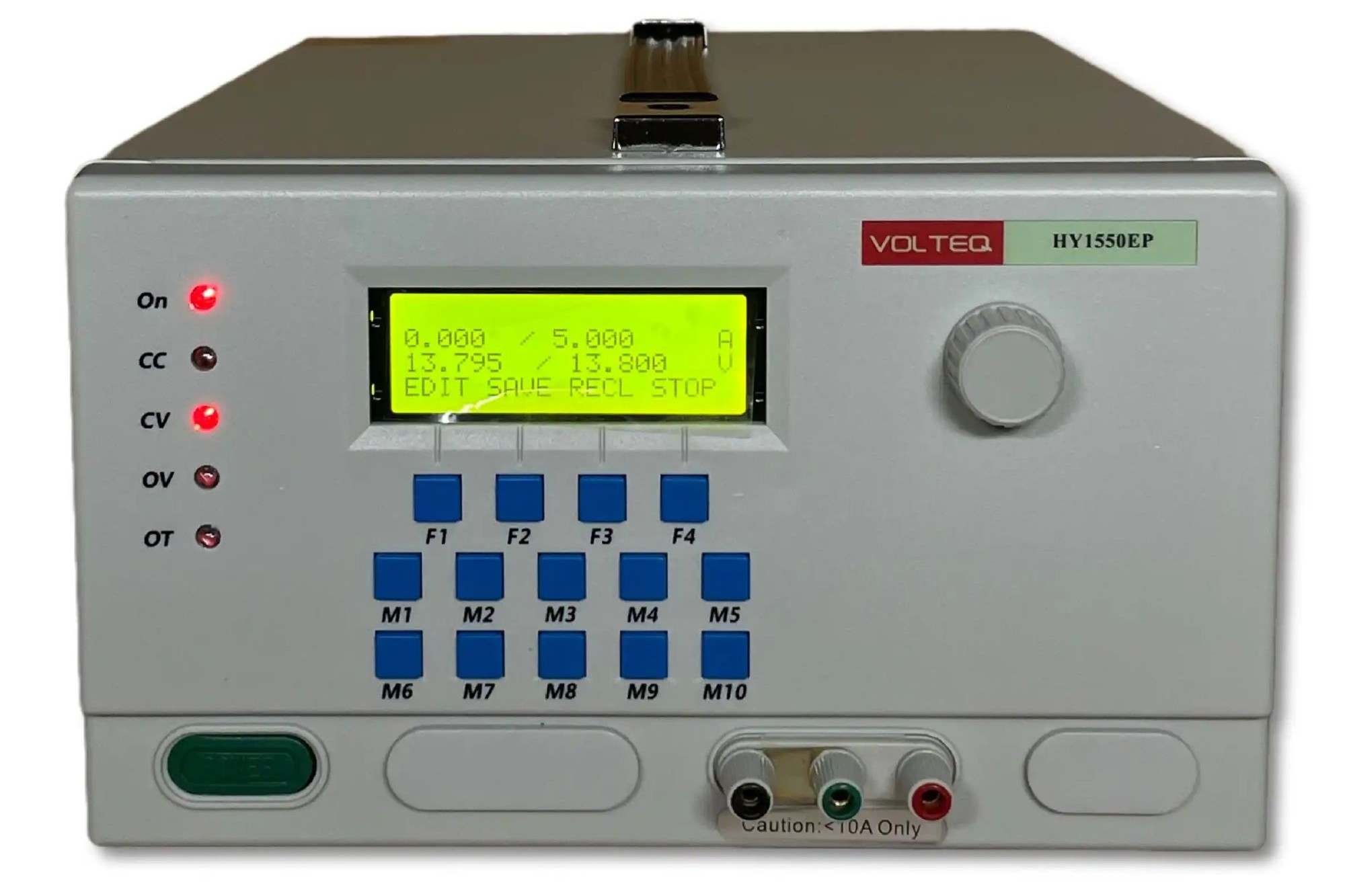
What is a programmable power supply? A programmable power supply is a device that allows users to control voltage and current output through software or digital interfaces. These power supplies are essential in various applications, from testing electronic devices to powering complex systems in research labs. They offer precision, flexibility, and automation, making them invaluable for engineers and technicians. With features like remote control, data logging, and multiple output channels, programmable power supplies simplify tasks and enhance efficiency. Whether you're a hobbyist or a professional, understanding these devices can significantly impact your projects. Ready to dive into 29 fascinating facts about programmable power supplies? Let's get started!
What is a Programmable Power Supply?
A programmable power supply is an electronic device that provides electrical energy to a load and allows users to control its output parameters, such as voltage and current, through digital interfaces. These devices are essential in various applications, from research labs to industrial automation.
- Programmable power supplies can be controlled via software, allowing precise adjustments and automation.
- They often come with multiple output channels, enabling simultaneous testing of different components.
- These devices are used in testing and development of electronic devices, ensuring they operate correctly under various conditions.
Key Features of Programmable Power Supplies
Programmable power supplies come with a range of features that make them versatile and efficient for different applications. Here are some of the key features:
- They offer high accuracy and stability, crucial for sensitive electronic experiments.
- Many models include over-voltage, over-current, and over-temperature protection to safeguard connected devices.
- Some units have built-in data logging capabilities, allowing users to record and analyze performance over time.
- Remote control options, such as USB, GPIB, and Ethernet, are common, facilitating integration into automated systems.
Applications of Programmable Power Supplies
These power supplies find use in a wide array of fields due to their flexibility and precision. Here are some notable applications:
- In research and development, they help in testing prototypes under various electrical conditions.
- They are used in manufacturing for quality control and ensuring products meet electrical specifications.
- In telecommunications, they power and test communication devices and systems.
- Automotive industries use them to test electronic components in vehicles, ensuring reliability and safety.
Advantages of Using Programmable Power Supplies
Using programmable power supplies offers several benefits over traditional power supplies. Here are some advantages:
- They provide precise control over output parameters, enhancing the accuracy of tests and experiments.
- Automation capabilities reduce human error and increase efficiency in repetitive tasks.
- Flexibility to simulate different electrical conditions helps in comprehensive testing of devices.
- Enhanced safety features protect both the user and the equipment from potential damage.
Types of Programmable Power Supplies
Programmable power supplies come in various types, each suited for specific applications. Here are some common types:
- DC programmable power supplies are used for applications requiring direct current.
- AC programmable power supplies are suitable for testing devices that operate on alternating current.
- Modular programmable power supplies offer scalability and customization for specific needs.
- High-voltage programmable power supplies are used in applications requiring high voltage levels, such as in medical equipment testing.
How to Choose a Programmable Power Supply
Selecting the right programmable power supply depends on several factors. Here are some tips to help you choose:
- Determine the required voltage and current range for your application.
- Consider the number of output channels needed for simultaneous testing.
- Check for compatibility with your existing equipment and software.
- Evaluate the safety features to ensure protection for both the device and the user.
- Look for additional features like data logging and remote control options that may enhance your workflow.
Maintenance and Care for Programmable Power Supplies
Proper maintenance ensures the longevity and reliability of programmable power supplies. Here are some maintenance tips:
- Regularly clean the device to prevent dust and debris from affecting performance.
- Periodically calibrate the power supply to maintain accuracy.
- Inspect cables and connections for wear and tear, replacing them as needed.
- Store the device in a cool, dry place to prevent damage from environmental factors.
- Follow the manufacturer's guidelines for maintenance and troubleshooting to avoid voiding the warranty.
The Power of Programmable Power Supplies
Programmable power supplies are game-changers in tech and engineering. They offer precision, flexibility, and efficiency that traditional power supplies can't match. With features like remote control, automated testing, and customizable output, these devices streamline complex tasks and boost productivity. Whether you're in research, development, or manufacturing, a programmable power supply can save time and reduce errors.
These power supplies are also crucial for innovation. They enable rapid prototyping and testing, helping engineers push the boundaries of what's possible. From powering sensitive electronics to simulating real-world conditions, their versatility is unmatched.
Investing in a programmable power supply isn't just about keeping up with technology; it's about staying ahead. As industries evolve, the demand for precise, reliable power sources will only grow. Embrace the future with a tool that adapts to your needs and drives progress.
Was this page helpful?
Our commitment to delivering trustworthy and engaging content is at the heart of what we do. Each fact on our site is contributed by real users like you, bringing a wealth of diverse insights and information. To ensure the highest standards of accuracy and reliability, our dedicated editors meticulously review each submission. This process guarantees that the facts we share are not only fascinating but also credible. Trust in our commitment to quality and authenticity as you explore and learn with us.
